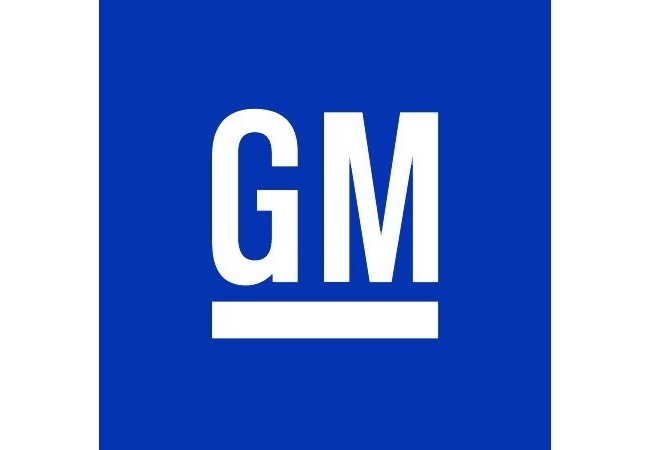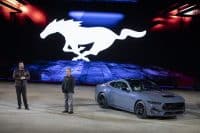New General Motors Co. (NYSE: GM) CEO Mary Barra inherits a company that has done remarkably well in China and horribly in Europe. However, her greatest challenge is in GM’s home market, where it is barely holding its own in terms of market share. Barra may not be able to reverse that. The competition is just too intense.
GM’s sales in the world’s biggest car market — China — generally put it in first place, vying for the spot most months with Volkswagen. GM’s European operations have lost money for years, and those losses have piled into the billions. The popularity of its Opel brand has mostly eroded, and outsiders, in most cases, believe that GM losses in Europe could continue to the end of the decade.
GM remains the top car and light truck manufacturer in America. It sold 202,060 cars there in November, which was higher by 13.7%. Its market share has been stuck below 18% for most of the year and sits at 17.9%.
GM has had the same two major challengers in the United States for years. First, Ford Motor Co. (NYSE: F), the only one of the Big Three to escape Chapter 11, had a market share of 15.9% during the first 11 months, which is unchanged for 2012. It sold 189,705 vehicles last month. Toyota Motor Corp. (NYSE: TM), which at one time threatened GM for the top spot in the U.S., had a market share of 14.4% for the same period.
Yet, it would be a mistake to say that GM only has to worry about Ford and Toyota. GM has been anxious to resurrect its Cadillac brand, which as the highest-priced line of cars GM makes and should be unusually profitable. Despite the introduction of new models, Cadillac has barely made a dent the primacy of BMW, Mercedes and Toyota’s Lexus. The newest powerhouse in the luxury brand market is Audi, with sales up 13.3% during the first 11 months. It would be easy to reject these four luxury brands. However, together they hold a market share of nearly 7% — almost the size of Nissan’s. And their end of the market is in a period of unusual growth, fed by the improving fortunes of the most well-to-do Americans.
GM is squeezed between direct competitors, which have balance sheets that are at least as strong as its is, marketing budgets that can match its, new products barreling into dealerships and the import luxury cars. As sales in the U.S. market cool from the rapid growth of the past three years, a share of the market will become more precious. GM cannot afford for that to slip below its current level.
Are You Ahead, or Behind on Retirement? (sponsor)
If you’re one of the over 4 Million Americans set to retire this year, you may want to pay attention.
Finding a financial advisor who puts your interest first can be the difference between a rich retirement and barely getting by, and today it’s easier than ever. SmartAsset’s free tool matches you with up to three fiduciary financial advisors that serve your area in minutes. Each advisor has been carefully vetted, and must act in your best interests. Start your search now.
Don’t waste another minute; get started right here and help your retirement dreams become a retirement reality.
Thank you for reading! Have some feedback for us?
Contact the 24/7 Wall St. editorial team.




